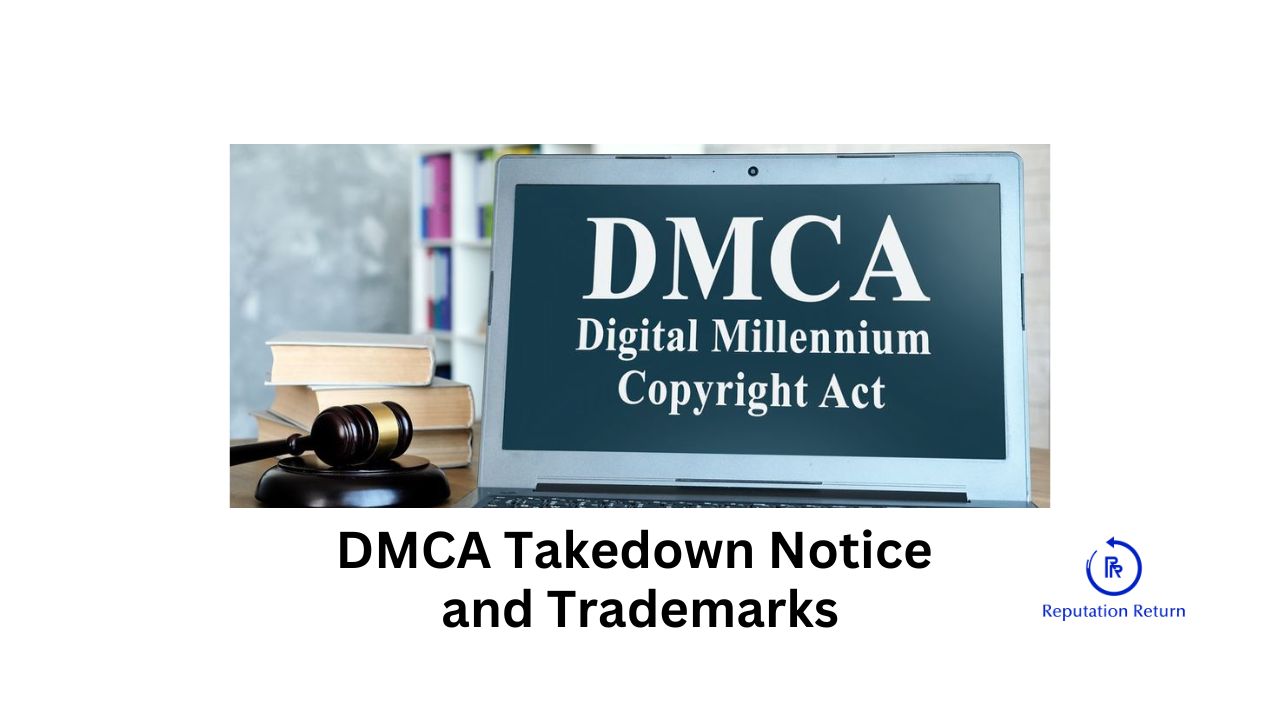The DMCA (Digital Millennium Copyright Act) takedown notice is a powerful tool primarily designed to address copyright infringement issues online. However, it can also be adapted to address trademark infringement under certain circumstances. Trademark infringement occurs when a third party uses a trademark without permission, leading to consumer confusion about the source of goods or services. This article will explore how DMCA takedown notices can be applied to trademark infringement cases.
Understanding DMCA Takedown Notices
The DMCA, enacted in 1998, provides a legal framework to protect intellectual property rights in the digital age. A DMCA takedown notice is a formal request to remove or disable access to infringing content on the internet. While originally intended for copyright issues, the principles of the DMCA can be extended to handle trademark infringements. Learn how we do the DMCA takedown for you.
Applying DMCA Takedown for Trademark Infringement
Trademark infringement can occur on various online platforms, including websites, social media, and e-commerce sites. For instance, an unauthorized seller might use a well-known brand’s trademark to market counterfeit products. To address this, trademark owners can leverage the DMCA takedown process as follows:
- Identification of Infringing Content: The first step is to identify the content that infringes on the trademark. This could be images, text, or products listed under the unauthorized use of the trademark.
- Submission of Takedown Notice: The trademark owner or their legal representative must submit a DMCA takedown notice to the online service provider hosting the infringing content. The notice must include:
- Contact information of the trademark owner.
- Identification of the trademarked material.
- Detailed description of the infringing content.
- A statement asserting a good faith belief that the use of the trademark is unauthorized.
- A declaration that the information in the notice is accurate.
- An electronic or physical signature of the trademark owner or their representative.
- Service Provider’s Response: Upon receiving the notice, the service provider must act expeditiously to remove or disable access to the infringing content. They are also required to notify the content creator about the takedown request.
- Counter-Notice: The alleged infringer has the right to file a counter-notice if they believe the takedown request was incorrect. If this happens, the service provider must restore the content unless the trademark owner files a lawsuit within 10-14 business days.
Case Examples
- Amazon and Counterfeit Goods: Amazon has faced numerous cases of counterfeit goods being sold under well-known trademarks. Trademark owners often use the DMCA takedown process to have these listings removed promptly.
- Social Media Platforms: Brands like Nike and Adidas have successfully used DMCA takedown notices to remove counterfeit products and unauthorized use of their trademarks from platforms like Facebook and Instagram.
Using the DMCA takedown notice for trademark infringement is an effective strategy for protecting brand integrity online. While the process is straightforward, it requires vigilance and prompt action to ensure that trademarked content is not misused. Companies like Reputation Return can assist in this process, helping brand owners navigate the complexities of online trademark protection, thereby reducing stress and safeguarding their brand’s reputation in the digital landscape.
Hire us to do your DMCA takedown for trademark infringement >>>

